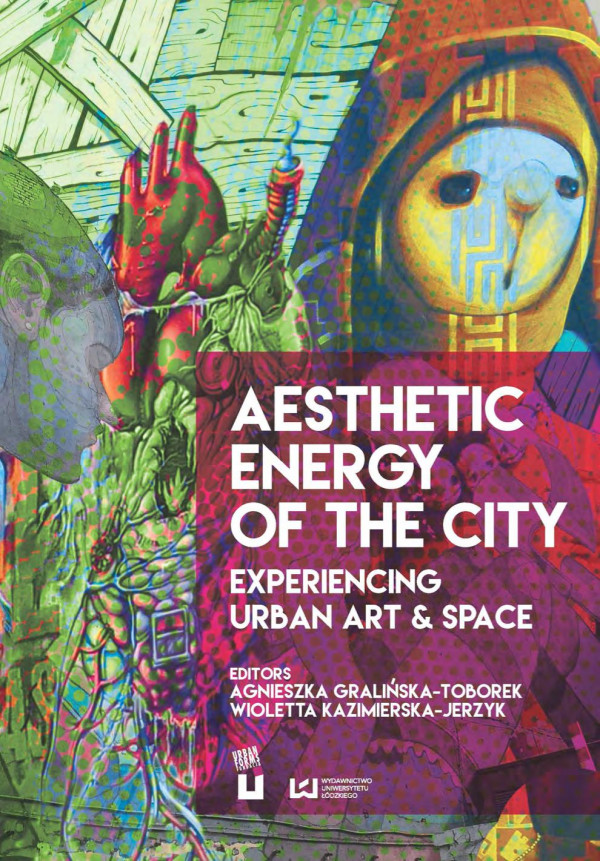

Most ebook files are in PDF format, so you can easily read them using various software such as Foxit Reader or directly on the Google Chrome browser.
Some ebook files are released by publishers in other formats such as .awz, .mobi, .epub, .fb2, etc. You may need to install specific software to read these formats on mobile/PC, such as Calibre.
Please read the tutorial at this link: https://ebookbell.com/faq
We offer FREE conversion to the popular formats you request; however, this may take some time. Therefore, right after payment, please email us, and we will try to provide the service as quickly as possible.
For some exceptional file formats or broken links (if any), please refrain from opening any disputes. Instead, email us first, and we will try to assist within a maximum of 6 hours.
EbookBell Team

5.0
70 reviewsEnergy is the capacity of a physical system to perform work – this is the simplest definition of energy. Energy as a physical quantity is manifested in many forms – as heat, kinetic, mechanical, and chemical energy, or potential energy. In this book, metaphorically referring to the concept of energy, we wish to point out that it is also possible to talk about aesthetic energy and that this concept is very useful in the discussion on the subject of the city. This energy in the context of the city can be understood in two ways. On the one hand, a given place with its own aesthetic nature has its own potential of energy. After all, the city physically, with its space, landscapes, architecture and art, is an object of permanent aesthetic experience. Can this potential be transformed into work? These aesthetic experiences make people abandon certain places and admire others; some cities fall, while others grow. The aesthetic object – and it should be noted that among aesthetic qualities we experience not only beauty or harmony, but also the sublime, tragedy, ugliness and kitsch – in itself, affecting its recipients, may become a source of specific exploitative but also creative activities. The other meaning in which aesthetic energy is understood is related to revealing the aesthetic aspect of human activities. Are we not willing to perform some work in order to save the aesthetic experience or participate in it? It is not difficult to note that the movement of this energy in favourable conditions takes place in a circle: the energy of places affects people’s behaviour and people create places full of energy.